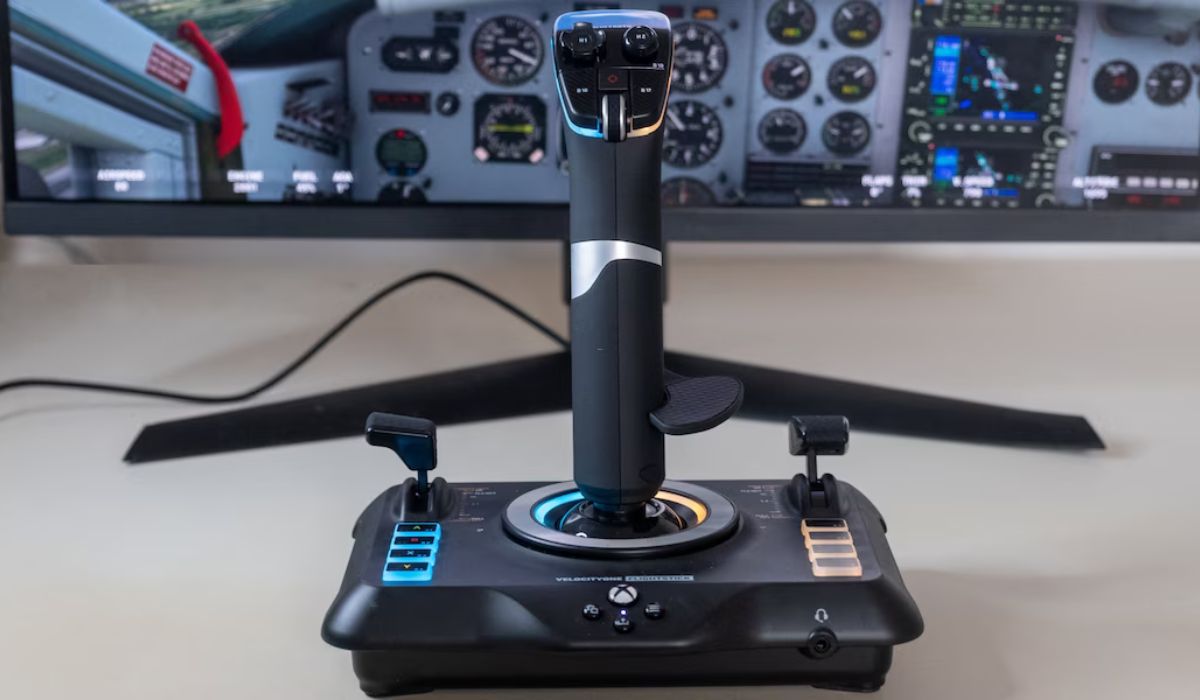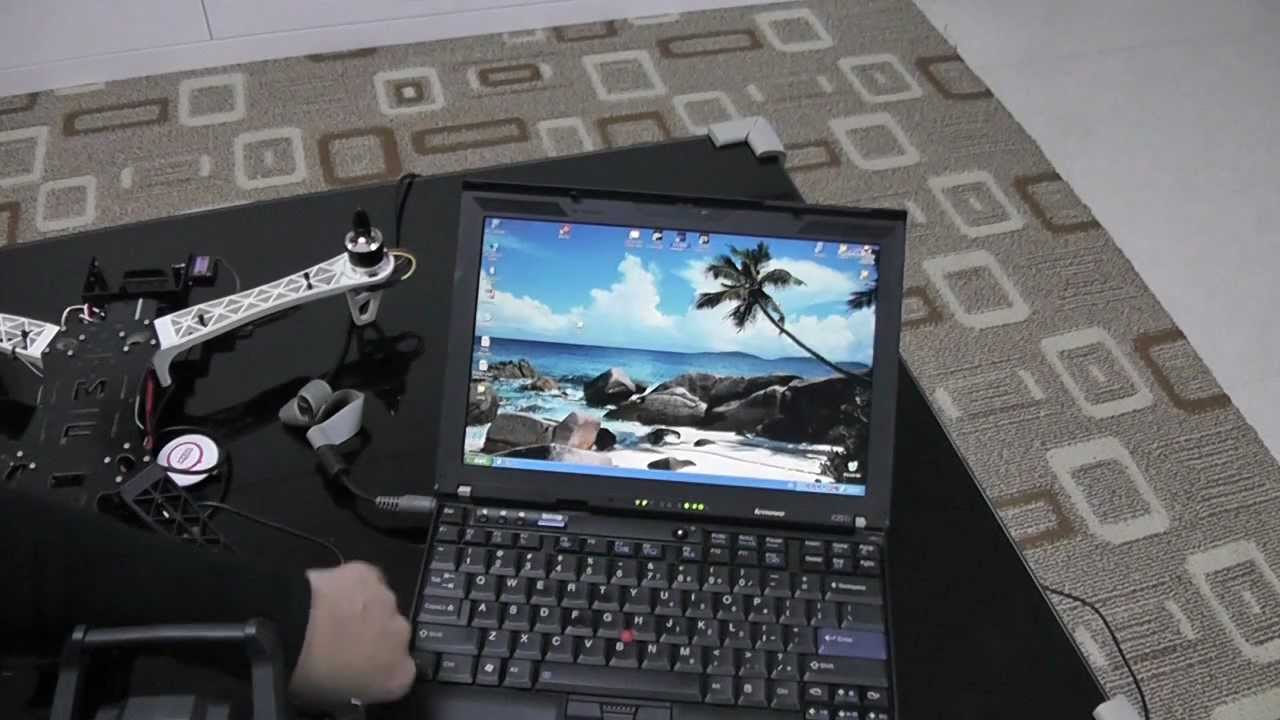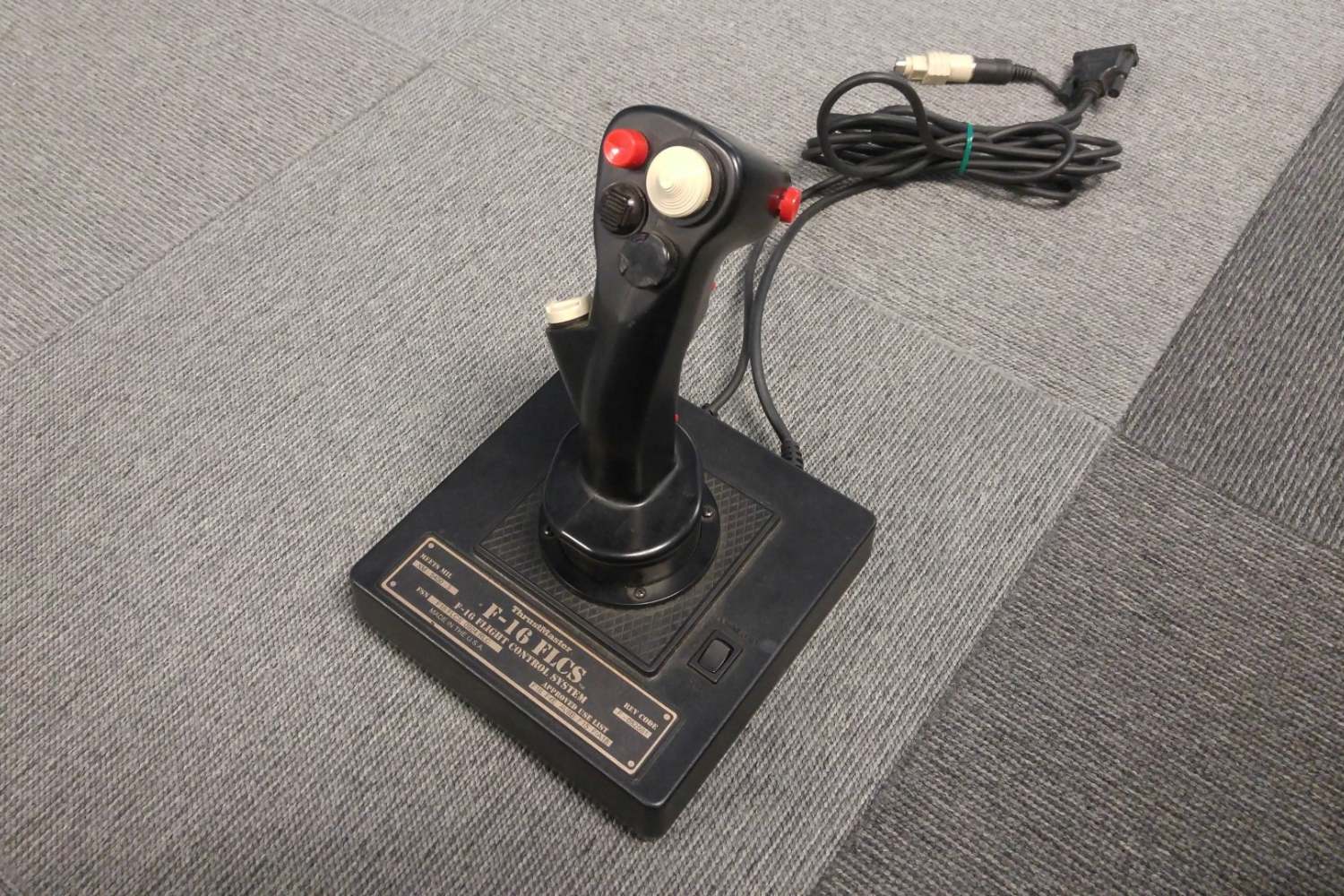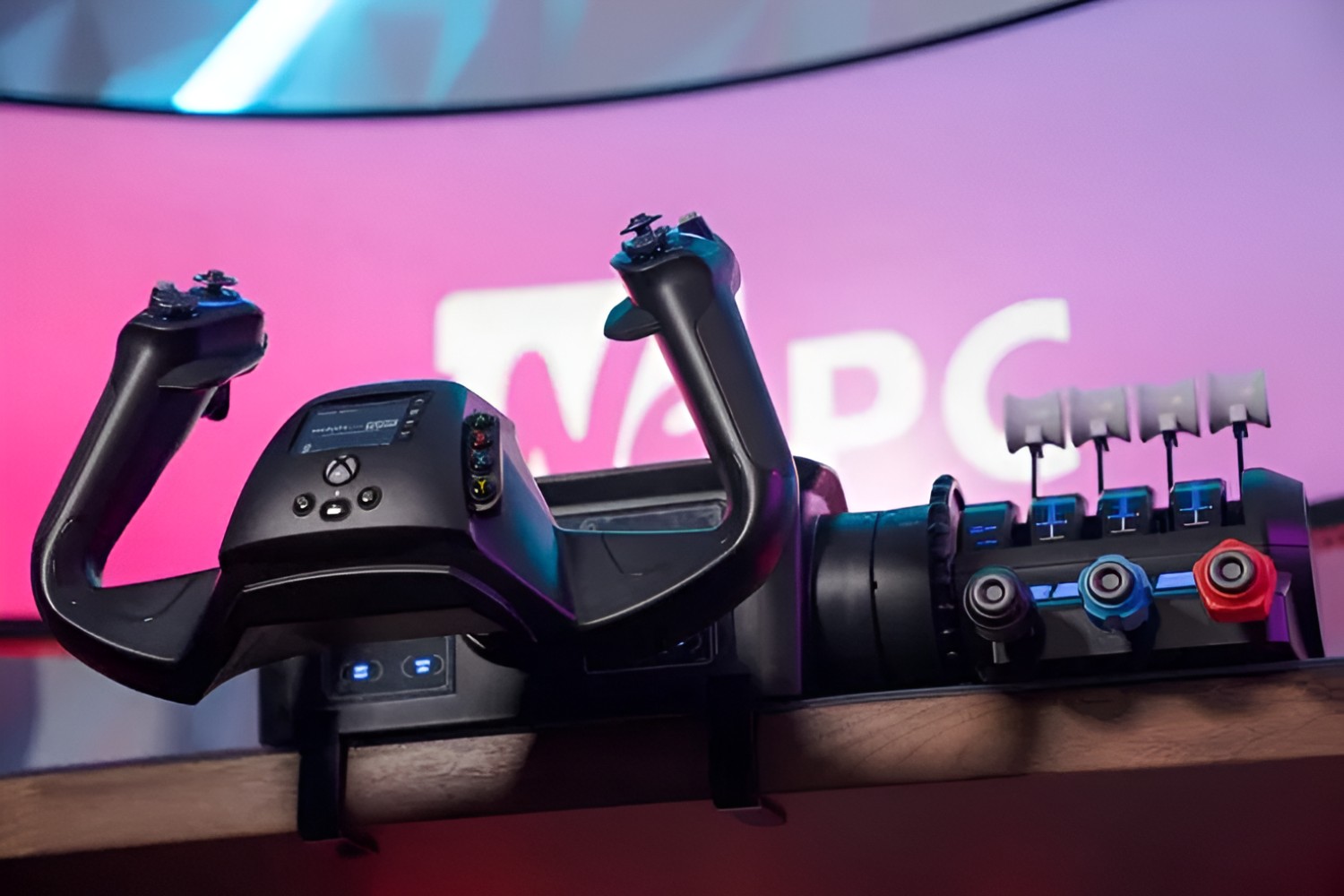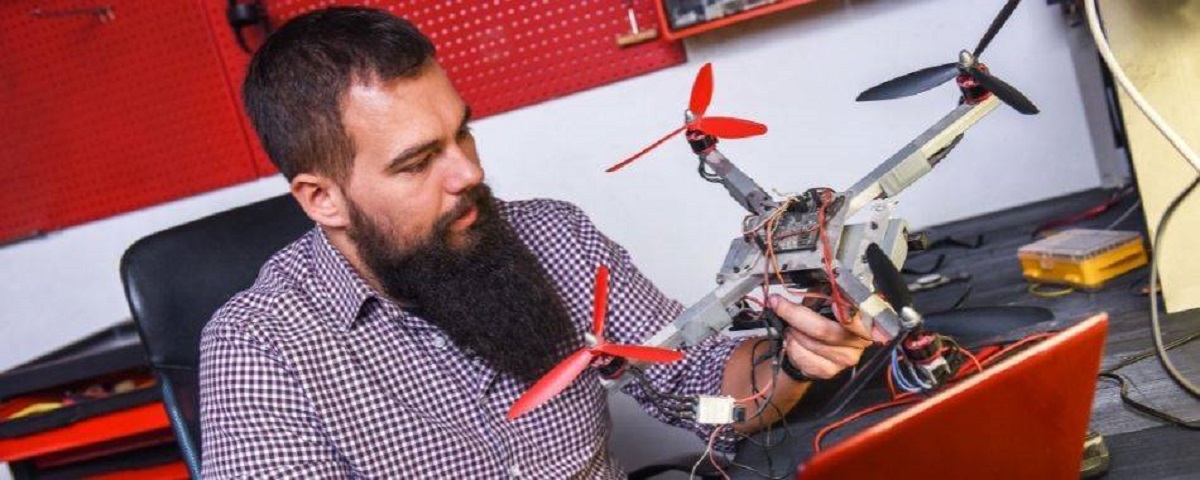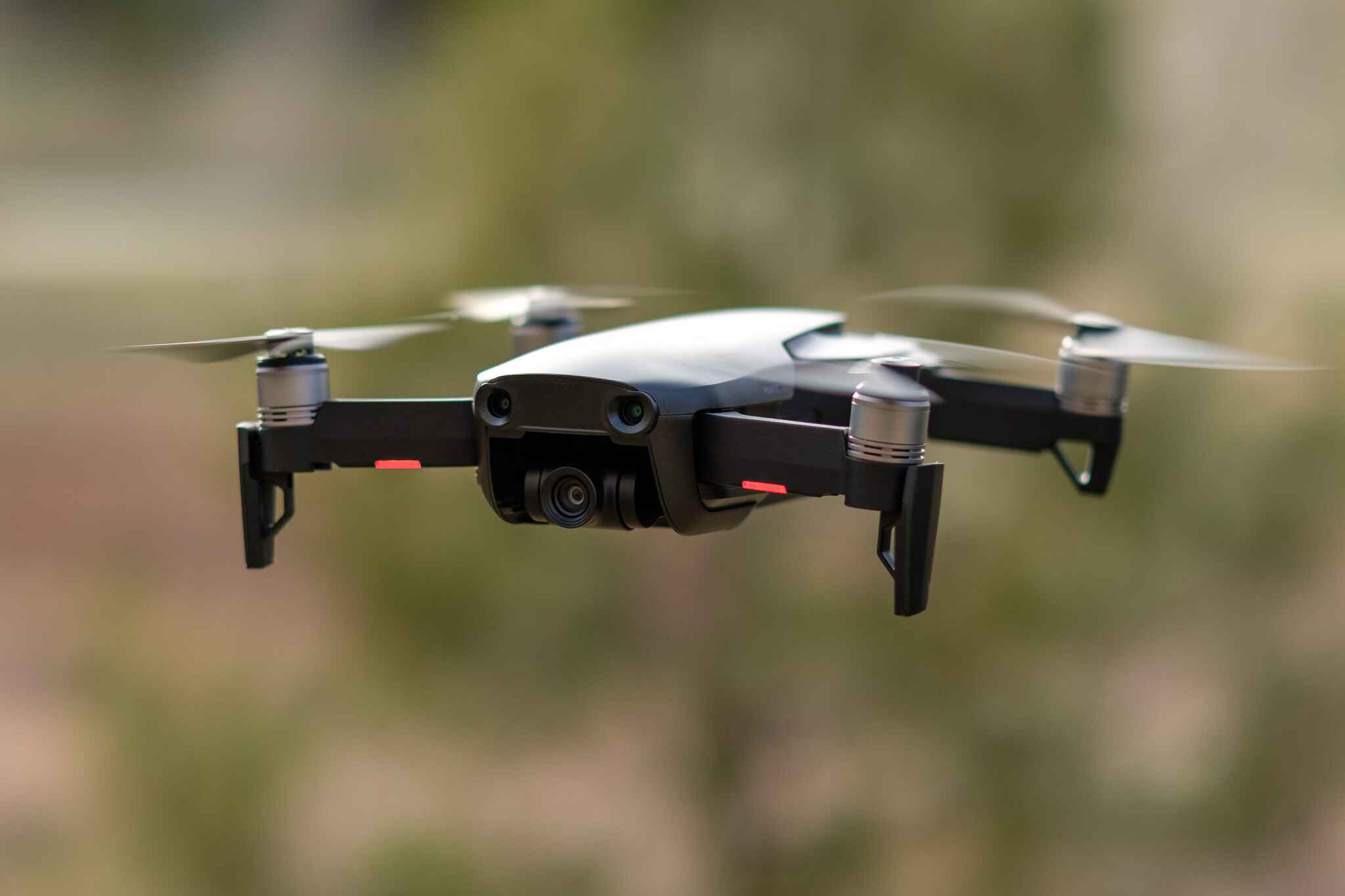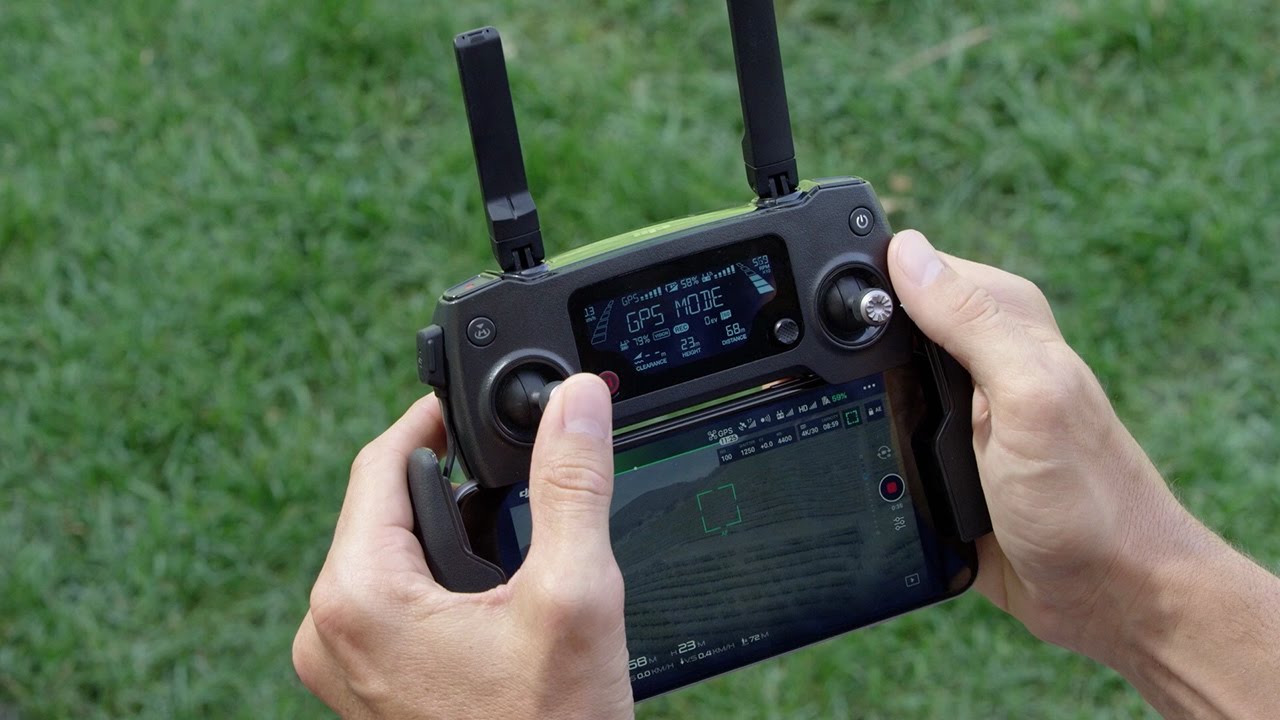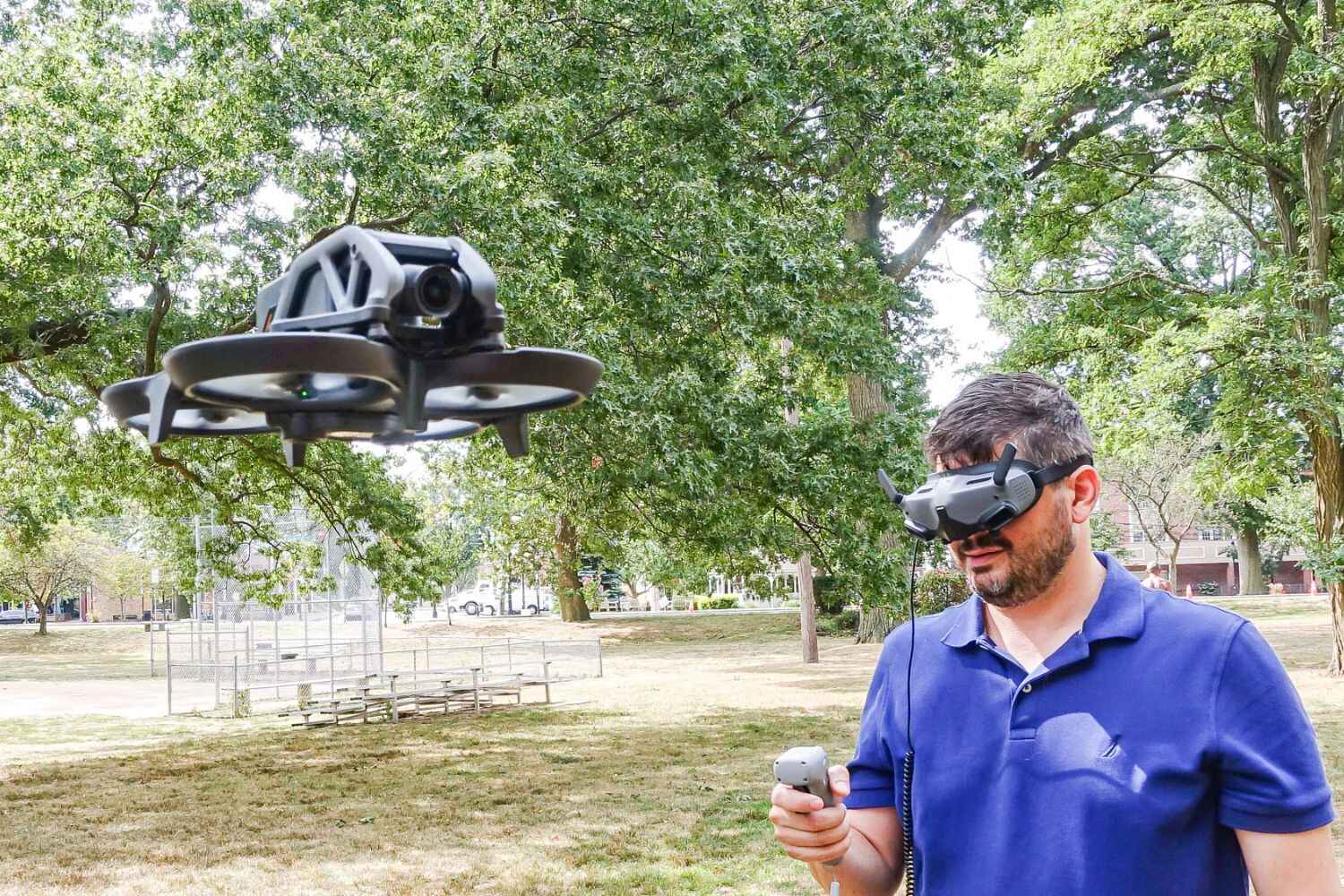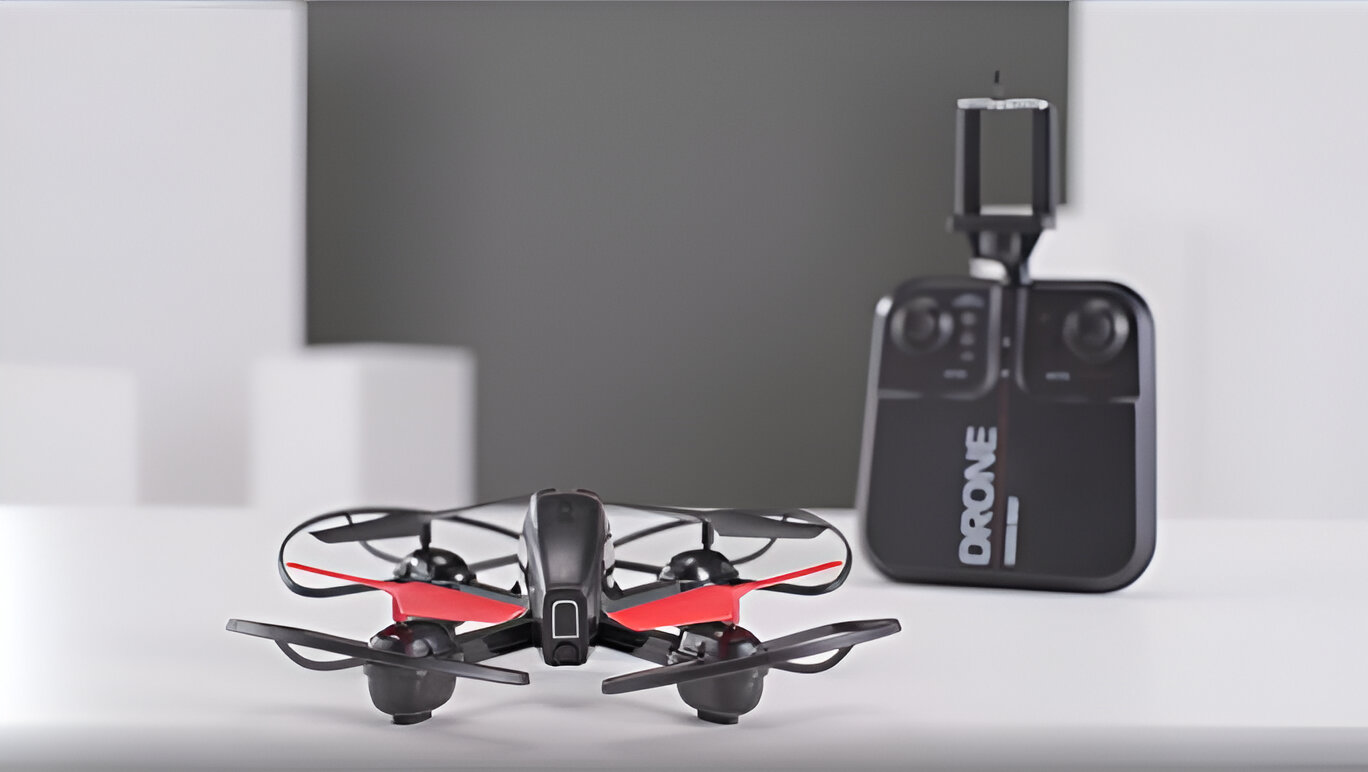Introduction
So, you've decided to take your flight simulation experience to the next level by investing in a flight stick. Congratulations! A flight stick, also known as a joystick, can significantly enhance your immersion and control in flight simulation games. Whether you're a seasoned virtual pilot or just starting out, a quality flight stick can make all the difference in your gaming experience.
In this guide, we'll walk you through the process of attaching a flight stick to your gaming setup. From choosing the right flight stick to setting it up and calibrating it for optimal performance, we've got you covered. By the end of this guide, you'll be ready to take to the virtual skies with confidence and precision.
Whether you're piloting a commercial airliner, a nimble fighter jet, or a vintage propeller-driven aircraft, a flight stick can provide a more intuitive and realistic control experience compared to a traditional keyboard and mouse setup. With its ergonomic design and customizable buttons and axes, a flight stick allows for finer control over your aircraft's movements, making it an essential tool for virtual aviators seeking an authentic flying experience.
So, buckle up and get ready to elevate your flight simulation adventures as we delve into the world of flight sticks and how to attach them for an immersive and exhilarating gaming experience. Let's soar into the details of choosing the right flight stick for your needs.
Choosing the Right Flight Stick
When it comes to selecting the perfect flight stick for your gaming setup, there are several factors to consider to ensure that it meets your specific needs and preferences. With a wide array of options available on the market, finding the right flight stick can be a daunting task, but fear not – we're here to help you navigate through the choices.
Compatibility: First and foremost, consider the compatibility of the flight stick with your gaming platform. Whether you're using a PC, gaming console, or a specific flight simulation software, ensure that the flight stick is compatible with your system. Some flight sticks are designed for specific platforms, while others offer versatile compatibility across different devices.
Features and Customization: Evaluate the features and customization options offered by the flight stick. Look for features such as adjustable resistance, programmable buttons, hat switches, and a comfortable grip. Customizable buttons and axes can greatly enhance your control over the aircraft, allowing you to tailor the flight stick to your preferred flying style.
Build Quality and Ergonomics: The build quality and ergonomics of the flight stick are crucial for long gaming sessions. A sturdy base, ergonomic grip, and smooth movement of the stick contribute to a comfortable and immersive flying experience. Additionally, consider the placement of buttons and switches to ensure easy access without compromising your grip on the stick.
Reviews and Recommendations: Before making a purchase, take the time to read user reviews and seek recommendations from fellow flight simulation enthusiasts. Real-world experiences and insights from other users can provide valuable guidance in choosing a flight stick that aligns with your expectations.
Budget and Value: While there are high-end flight sticks packed with advanced features, consider your budget and the value offered by the product. Determine the features that are essential for your gaming needs and find a flight stick that strikes the right balance between performance and affordability.
By carefully considering these factors, you can narrow down your options and select a flight stick that not only meets your requirements but also enhances your overall flight simulation experience. Once you've chosen the ideal flight stick, it's time to move on to the next step: setting it up for an unparalleled gaming adventure.
Setting Up the Flight Stick
Now that you've chosen the perfect flight stick for your gaming needs, it's time to set it up for an immersive and seamless flying experience. Properly configuring the flight stick ensures that it operates optimally and aligns with your preferences, allowing you to take full control of your virtual aircraft with precision and ease.
Driver Installation: Before connecting the flight stick to your system, ensure that you have the necessary drivers installed. Many flight sticks come with dedicated software or drivers that need to be installed to enable full functionality. Visit the manufacturer's website to download the latest drivers and follow the installation instructions to ensure compatibility with your system.
Connection and Calibration: Connect the flight stick to an available USB port on your computer or gaming console. Once connected, it's essential to calibrate the flight stick to ensure that its axis movements and button inputs are accurately recognized by the system. Most flight sticks come with calibration software that guides you through the process of fine-tuning the stick for precise control.
Button Mapping: Take advantage of the flight stick's customizable buttons by mapping them to specific functions within your flight simulation software. Whether it's assigning buttons for landing gear control, throttle adjustments, or view changes, customizing the button layout can streamline your control inputs and enhance your overall gaming experience.
Placement and Ergonomics: Position the flight stick in a comfortable and accessible location within your gaming setup. Ensure that it is within reach and allows for smooth movements without obstruction. Additionally, consider the placement of your keyboard, mouse, or other gaming peripherals to create an ergonomic and efficient control environment.
Test Flight: Once the flight stick is set up and configured, it's time for a test flight. Launch your favorite flight simulation software and take to the virtual skies to familiarize yourself with the responsiveness and feel of the flight stick. Make any necessary adjustments to the sensitivity or button mappings to fine-tune the controls to your liking.
With the flight stick successfully set up and calibrated, you're now ready to embark on thrilling virtual adventures, commanding your aircraft with precision and confidence. The next step in maximizing your flight simulation experience involves calibrating the flight stick for optimal performance, ensuring that it responds accurately to your inputs and maneuvers.
Calibrating the Flight Stick
Calibrating your flight stick is a crucial step in ensuring that it delivers precise and responsive control during your virtual flights. By fine-tuning the sensitivity, dead zones, and axis movements, you can optimize the performance of the flight stick to match your flying style and preferences, resulting in a more immersive and enjoyable gaming experience.
Sensitivity Adjustment: Most flight sticks offer sensitivity settings that allow you to adjust the responsiveness of the stick to your inputs. Whether you prefer a more gentle and nuanced control or a more responsive and direct feel, tweaking the sensitivity settings can tailor the flight stick to your desired level of control.
Dead Zone Adjustment: The dead zone refers to the area around the center position of the flight stick where minimal movement is registered. Calibrating the dead zone ensures that small, unintended movements of the stick do not affect the aircraft's control. By minimizing the dead zone, you can achieve precise and accurate control inputs without unwanted interference.
Axis Calibration: Many flight sticks feature multiple axes for pitch, roll, and yaw control. Calibrating each axis ensures that the movements are accurately translated in the flight simulation software. This step involves centering the axes and verifying that their full range of motion is correctly recognized by the system, allowing for smooth and natural control of the aircraft.
Button and Hat Switch Testing: In addition to axis calibration, it's essential to test the functionality of the buttons and hat switches on the flight stick. Verify that each button press and switch movement is registered accurately within the simulation software. This ensures that your assigned functions, such as gear deployment, view changes, or weapon systems control, respond reliably to your inputs.
Real-time Adjustment: As you calibrate the flight stick, consider making real-time adjustments while testing it in your flight simulation software. This iterative process allows you to fine-tune the settings based on your in-game experience, ensuring that the flight stick responds precisely to your control inputs and maneuvers.
By meticulously calibrating your flight stick, you can unlock its full potential and achieve a level of control and immersion that enhances your virtual flying adventures. With the flight stick finely tuned to your preferences, you're now prepared to secure it in place, ready for countless hours of exhilarating flights.
Attaching the Flight Stick to Your Desk or Chair
Securing your flight stick to a stable and ergonomic position is essential for maintaining control and comfort during extended gaming sessions. Whether you prefer a desk-mounted setup or a chair-mounted configuration, properly attaching the flight stick ensures that it remains steady and accessible, allowing you to focus on the thrill of virtual flight without any distractions.
Desk Mounting: If you opt for a desk-mounted setup, consider using a dedicated flight stick mount or clamp that securely fastens the stick to the edge of your desk. Ensure that the mount provides a stable and vibration-free platform for the flight stick, preventing unwanted movement or slippage during intense gaming maneuvers.
Chair Mounting: For a more immersive and integrated setup, chair mounting offers the advantage of having the flight stick within arm's reach at all times. Utilize a purpose-built chair mount or a DIY solution to affix the flight stick to the armrest or side of your gaming chair, providing a seamless and ergonomic control interface.
Adjustable Positioning: When attaching the flight stick, prioritize adjustable positioning to accommodate your preferred armrest height and distance from the chair or desk. This customization ensures that the flight stick is ergonomically positioned, allowing for natural and fatigue-free movements during your virtual flights.
Cable Management: Organize the cables of the flight stick to prevent tangling or obstruction during gameplay. Secure the cables along the desk or chair using cable clips or Velcro straps, maintaining a tidy and unobtrusive setup that promotes an immersive gaming environment.
Stability and Comfort: Whether desk or chair mounting, prioritize stability and comfort when attaching the flight stick. Ensure that the mounting solution does not cause discomfort or restrict your movements, allowing you to maintain a relaxed and focused posture throughout your virtual flying sessions.
By securely attaching the flight stick to your desk or chair, you can create an optimized and personalized gaming setup that enhances your control and enjoyment of flight simulation games. With the flight stick in its designated position, you're now poised to take to the virtual skies with confidence and precision, ready to embark on thrilling aerial adventures with the assurance of a stable and ergonomic control interface.







